Kraków 2017-08-02
153b Section 1958-01-01
OKB Mikojan MiG-15 UTI. 1953-01-23
LZR Bydgoszcz SB Lim-1/2. 1958-01-01
Poland
History
Two-seater combat aircraft.
Part 02
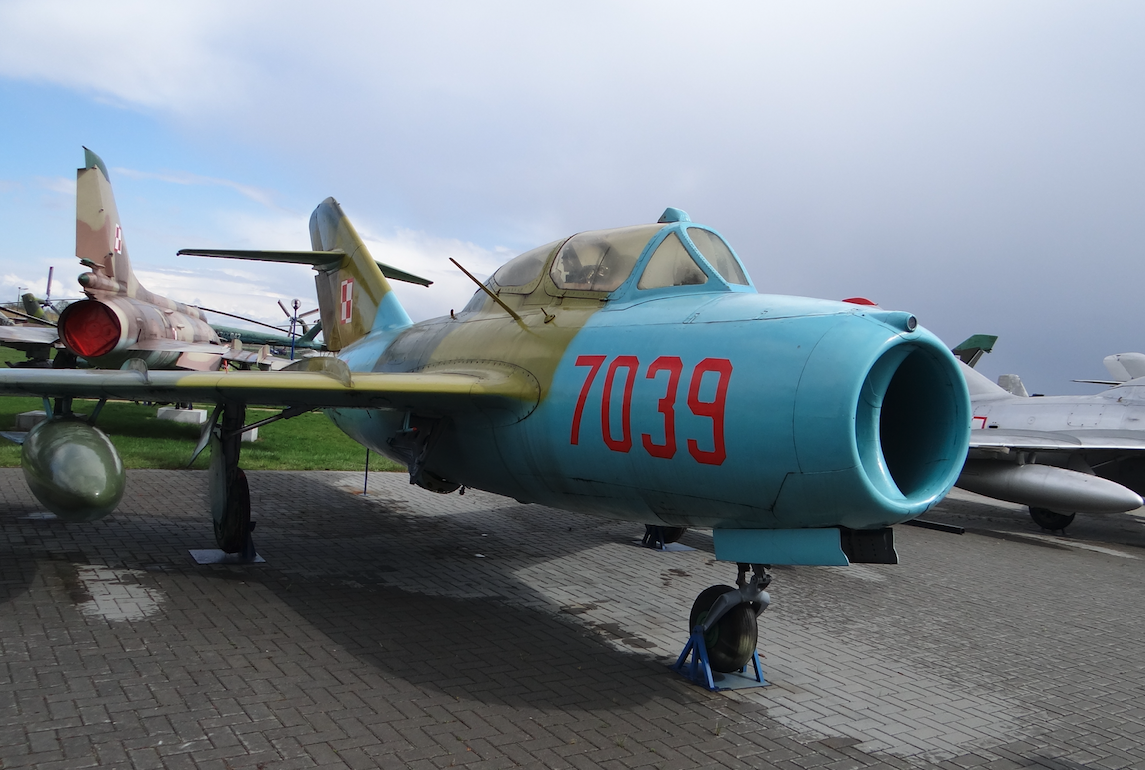
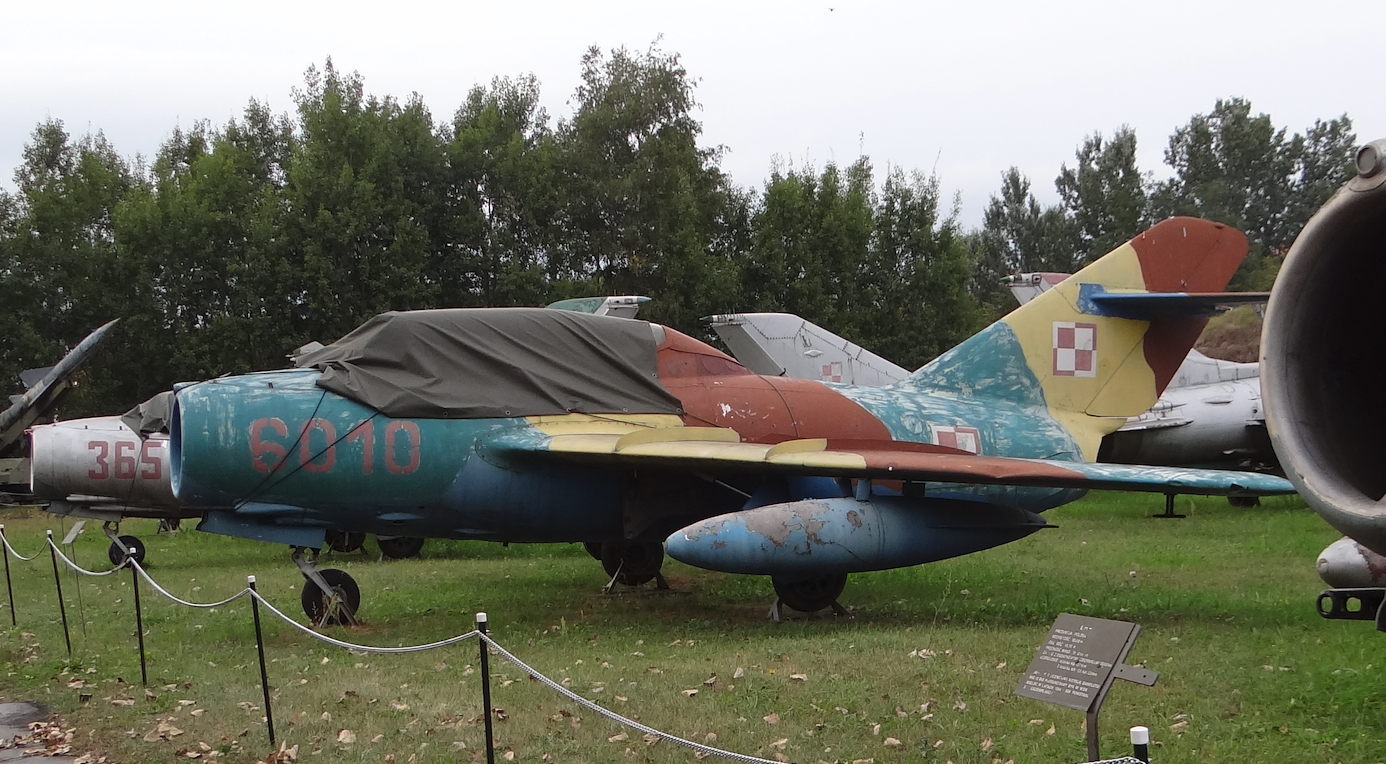
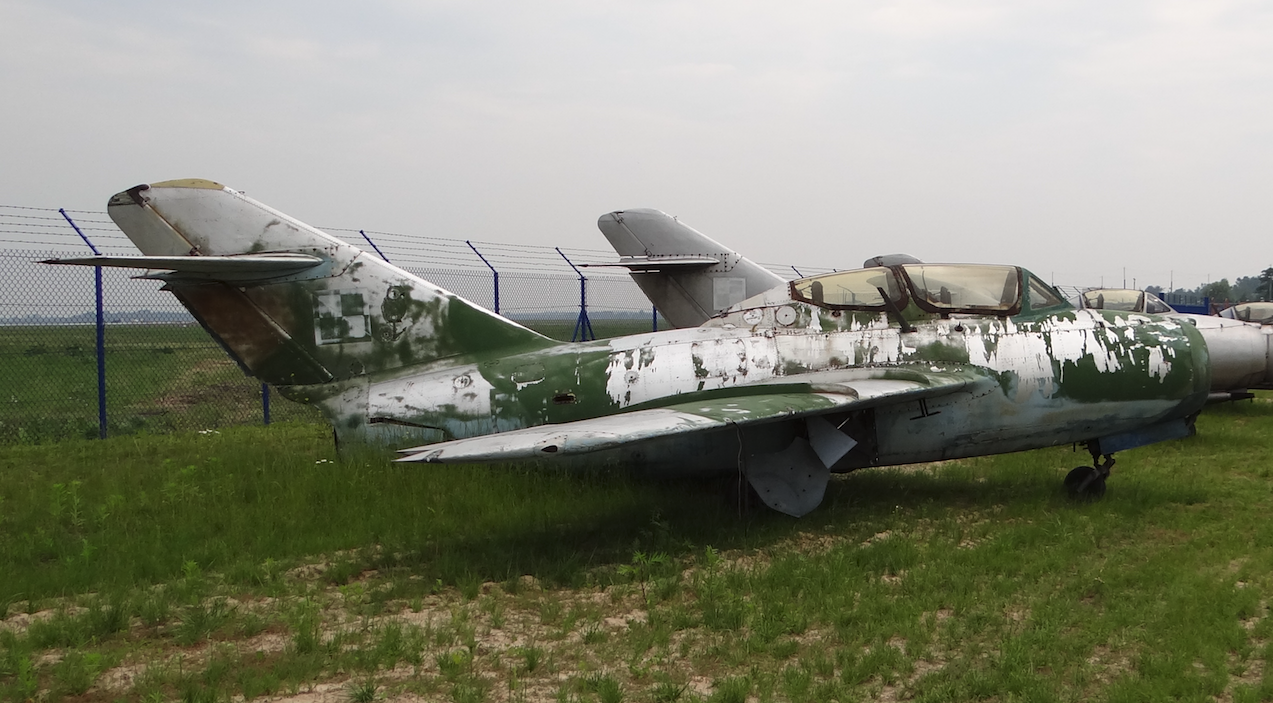
UTI MiG-15.
The entire contract for the supply of Yak-23 fighters for the Polish Army has not been completed yet, and in July 1951 the supply of MiG-15 fighters began. The reason was the development of events during the Korean War, the Berlin blockade lost, and above all the CCCP’s possession of nuclear weapons. This resulted in a tightening of Moscow’s policy. The threat of an outbreak of World War III was very real. The MiG-15 aircraft proved itself in hostilities and was technically superior to the Jak-23 aircraft.
While the 1st PLM in Warsaw Bemowo was preparing for the first parade on July 22 (communist festival), during which the Jak-23 fighters were to be demonstrated for the first time, on July 19, 1951, the latest MiG-15 fighters landed. It was 5 machines that were brought by Soviet pilots based on one of the airports next to Berlin, then in the GDR (German Democratic Republic). The brought aircraft had numbers; 0227, 0231, 0234, 0236, 0249 and were produced in 1949.
Soon at the airport in Bemowo, the first 4 copies of the MiG-15 UTI appeared. They came to Poland probably on July 30, 1951, and their numbers were; 104-11, 104-23, 104-24, 104-25.
Pursuant to the decision of the 5th DLM command, which included the 1st PLM, it was to take over all MiG-15 fighters delivered to Poland. On November 1, 1951, 30 MiG-15 machines were already in stock 1. PLM.
MiG-15 aircraft also began to receive 13 PLM, which temporarily owned Yak-23 fighters. In December 1951, the 5. DLM with 1. PLM and 13. PLM was already equipped with 60 MiG-15 and 4 MiG-15 UTI, which were divided proportionally between the two regiments. The conversion speed was enormous. In the spring of 1952, the next three regiments received MiG-15 aircraft, and by the end of 1952 seven regiments already had these machines at their disposal: 1. PLM Bemowo (5 DLM) 17 MiG-15, 13. PLM Bemowo (5 DLM) 17 MiG-15, 25 PLM Pruszcz Gdański (10 DLM) 8 MiG-15, 28. PLM Słupsk (10 DLM) 8 MiG-15, 29. PLM Orneta (9 DLM) 9 MiG-15, 31. PLM Bemowo (5 DLM) 17 MiG- 15, 41. PLM Malbork (9 DLM) 9 MiG-15.
The CCCP industry, however, was not able to build a large number of fighters in a timely manner. Muscovites had to take the risk and hand over the license of their newest and best fighters at the time. In Poland, preparations for the construction of fighters were suspended at that time; Yak-17 (G-1), Yak-23 (G-3), RD-10 A engines (G-2). Based on the resolution of the Polish Government of June 19, 1951 No. 12, it was decided to implement the plan to purchase a license for the production of the MiG-15 fighter. The inter-war COP (central industrial district) was selected as the production site, including Mielec, Świdnik and Rzeszów. It was based on the traditions of the interwar aviation industry of the Lublin region, derived from the former Lublin Aircraft Factory and Podlasie Aircraft Factory. The plant at Okęcie and several smaller auxiliary production plants were also expanded. Preparations for mass production began in the summer of 1951. The aircraft received the Polish name Lim-1 (licensed fighter – the first). At the same time, production of the RD-45 F engine with 1 x 22.25 kN (1 x 2 270 kG) under the designation Lis-1 (license engine – the first) began in Rzeszów. From the imported parts, the first series consisting of 6 aircraft with serial numbers from 1A 01-001 to 1A 01-006 was assembled. These aircraft were handed over to the army in September 1952. More aircraft began arriving in units from January 1953. The pace of production was impressive. During the peak period, over 15 machines were produced during the month, and the record month closed with 20 machines. The production of Lim-1 fighters ended on August 31, 1954, after building 237 copies in 12 series. The production of Lim-1 in Poland should include about 60 machines supplied by CCCP, not all of which were new machines and 60 S-102 machines produced under license in Czechoslovakia. Together, we had 357 MiG-15 / Lim-1 / S-102 fighters.
Poland MiG-15 UTI. 1951.
In the face of such a large number of single-seater fighters produced, there was a lack of school versions. Two-seater MiG-15 UTI was only about 20 pieces, and this version in Poland was not produced. The fast pace of training led to a deterioration in flight safety. In April and May 1952, two MiG-15 aircraft disasters occurred, and in the second half of the year two more on the Jak-23 aircraft. It had to work properly and that is why an additional personnel training center was established in Krzesiny. Some MiG-15 UTIs were collected there. This, of course, was only a half solution to the problem. More two-seater aircraft were needed. We received a batch of two-seater welders from Czechoslovakia, produced by the local industry.
Sparka
"Spark" is a jargon word for a two-tailed combat aircraft. In Poland, the word is often pronounced incorrectly as "slit." The word "spark" appeared in 40 years in CCCP aviation. He came to Poland with the Soviet soldiers in the 50’s. The word "sparka" does not appear in Russian and is a neologism of the word Cпаренный which means twin, double, doubled. The word caparna was shortened by adding an ending for easy pronunciation and thus the word cpara – spark was created. In the 80’s, this word has already appeared as an expression in the literature on the subject.
Training in Radom.
In 1952, in Radom, OSL No. 5 began a full cycle of training cadets. This resulted in the total independence of the flight training process conducted in Radom from OSL 4 in Dęblin. In 1953, the school in Radom received an additional two flight squadrons from Dęblin together with allocated airports in Podlodów and Ułęż. In the autumn of 1953, new aircraft came into service: Polish-made school aircraft – Junak-2 and the first aircraft for training on Jak-17 UTI and Jak-23 jets. In 1954, a Junak-3 school aircraft was introduced, and combat training squadrons received MiG-15 and Lim-1 jet planes.
The introduction of Lim-2 aircraft into serial production and the export of MiG-17 aircraft caused that Lim-1 aircraft began to be moved to the second line. In turn, due to the very small number of duplexes for training MiG-15 UTI, the opportunity to convert Lim-1 aircraft into SB Lim-1 (School-Combat) was born. Because the WSK Mielec production plant was not able to carry out these modifications in a timely manner, it was decided to entrust this task to LZR (Lotnicze Zakłady Remontowe) in Bydgoszcz. All Polish two-seater Lim aircraft were created in LZR-2 in Bydgoszcz by rebuilding the existing one-seater Lim-1, Lim-2. Polish busters differed significantly from the Soviet ones. Radio-electronic equipment and armament were different. The modifications were carried out according to rationalization projects of the Air Force technical staff. That is why the construction was also different. It was also possible that two-seater copies of two different machines were created. E.g. the front part with Lim-1 and the back part with Lim-2. This situation makes it very difficult to present a fairly reliable list of aircraft in operation.
From 1958 to 1960, about 147 machines were converted to SB Lim-1. One of the first was a copy that received No. 1A 06-023 and left LZR-2 in Bydgoszcz in July 1958, reaching the 13th PLM in Łęczyca.
In 1960, 18 Lim-1 aircraft were rebuilt to SB Lim-1. In 1961, 23 Lim-1 was rebuilt into SB Lim-1, of which 8 were sold to Hungary. In 1962, a dozen or so Lim-1s were rebuilt into SB Lim-1. Several of these machines were sold to Hungary, and the rest went to Polish units, mainly to the 21. SPLR in Sochaczew. In 1963-1964 about 50 Lim-1 machines were rebuilt at SB Lim-1. In the period 1965-1966, 35 Lim-1 machines were rebuilt on SB Lim-1. Of these, 25 machines went to Polish units, mainly to Dęblin and New Town on the Pilica. The remaining 10 units were sold abroad.
At the beginning of the 1960s, Lim-2 fighters began to be converted into a two-story house. The aircraft received the SB Lim-2 designation. About 200 items were converted.
From 1958, the remaining Lim-1/2 aircraft were moved to fighter-attack aircraft. They had to be adapted to support, recognize and direct artillery fire. SB Lim-1 and SB Lim-2 aircraft began to be rebuilt into so-called Artillery tanks marked SB Lim-1 A (from 1965) and SB Lim-2 A. (from 1968) Initially they were marked instead of the letter A, the abbreviation Art. Conversion was made at LZR (Lotnicze Zakłady Remontowe) in Bydgoszcz.
In order to adapt them to new tasks, the controls were removed from the second cabin and the navigator panel was mounted. Utilities increased to 2 NR-23 plots. On some aircraft, a camera was mounted under the middle of the fuselage, as well as a periscope for the pilot, to observe the rear hemisphere. To increase the range, the additional tanks from 2 x 400 liters were changed to 2 x 600 liters. The crew consists of a pilot and a navigator. There are no controls in the navigator cabin. However, the necessary equipment to perform the tasks was built. Lim-1 A was equipped with an AFA-21 camera, while Lim-2 A received a second AFA-39 in addition to the AFA-21 camera.
The reconstruction of SB Lim-1 to SB Lim-1 Art./A took place on the basis of construction design No. 318/99/63 issued in 1963, and the first copies were delivered to the army in 1963 to the 32nd Artillery Regiment formed in May 1963. This regiment adopted 8 SB Lim-1 machines. Art. No. 1A 02-001, 1A 06-007, 1A 06-008, 1A 06-009, 1A 06-010, 1A 07-009, 1A 07-010, 1A 07-32. In total, 13 SB Lim-1 Art./A machines were created in 1963-1965. They all went to Sochaczew.
Successful years of operation of SB Lim-1 A prompted MON to convert another batch of machines. The change consisted in replacing the rear part of the aircraft, which came from the Lim-1 for the rear part of the Lim-2, while choking the engine power to 1 x 23.8 kN. Choking the engine power extended its life. This configuration of the aircraft was officially approved for use by the Ministry of National Defense on December 8, 1967, and on April 8, 1968 an order of the Chief Engineer of the Lodz issued on the modernization of machines to the SB Lim-2 Art standard. In total, about 25 machines were rebuilt, which this time hit to 21. PLRTiA in Powidz and 32. PLRTiA in Sochaczew. Lim-2 A aircraft received characteristic painting in protective colors two- or three-color camouflage. The last copies of SB Lim-1 A were decommissioned in 1975.
Whereas SB Lim-2 A in 1982 with the 32nd PLRTiA Sochaczew and 21. PLRTiA Powidz were transferred to the 15th SELR MW in Siemirowice. In 1988, the 15th SELR MW was disbanded, and the machines were accepted for the 7th PLS (Special Aviation Regiment) MW, where on March 31, 1991 they were solemnly farewelled. They reached Mierzęcice by air by cassation. Some planes went to museums, some were sold to the US and UK.
A dozen or so copies of SB Lim-2 A underwent another change. Second control gears were installed again and modernization was carried out. New aircraft were designated SB Lim-2 M. They served in the army until the first years of the 21st century.
In Poland, the MiG-17 / Lim-5 and MiG-19 aircraft did not have a two-seater version. SB Lim-2 planes proved to be sufficient.
Written by Karol Placha Hetman
Kraków 2017-08-02
153b Section 1958-01-01
OKB Mikojan MiG-15 UTI. 1953-01-23
LZR Bydgoszcz SB Lim-1/2. 1958-01-01
Poland
Construction
Two-seater combat aircraft.
Part 02
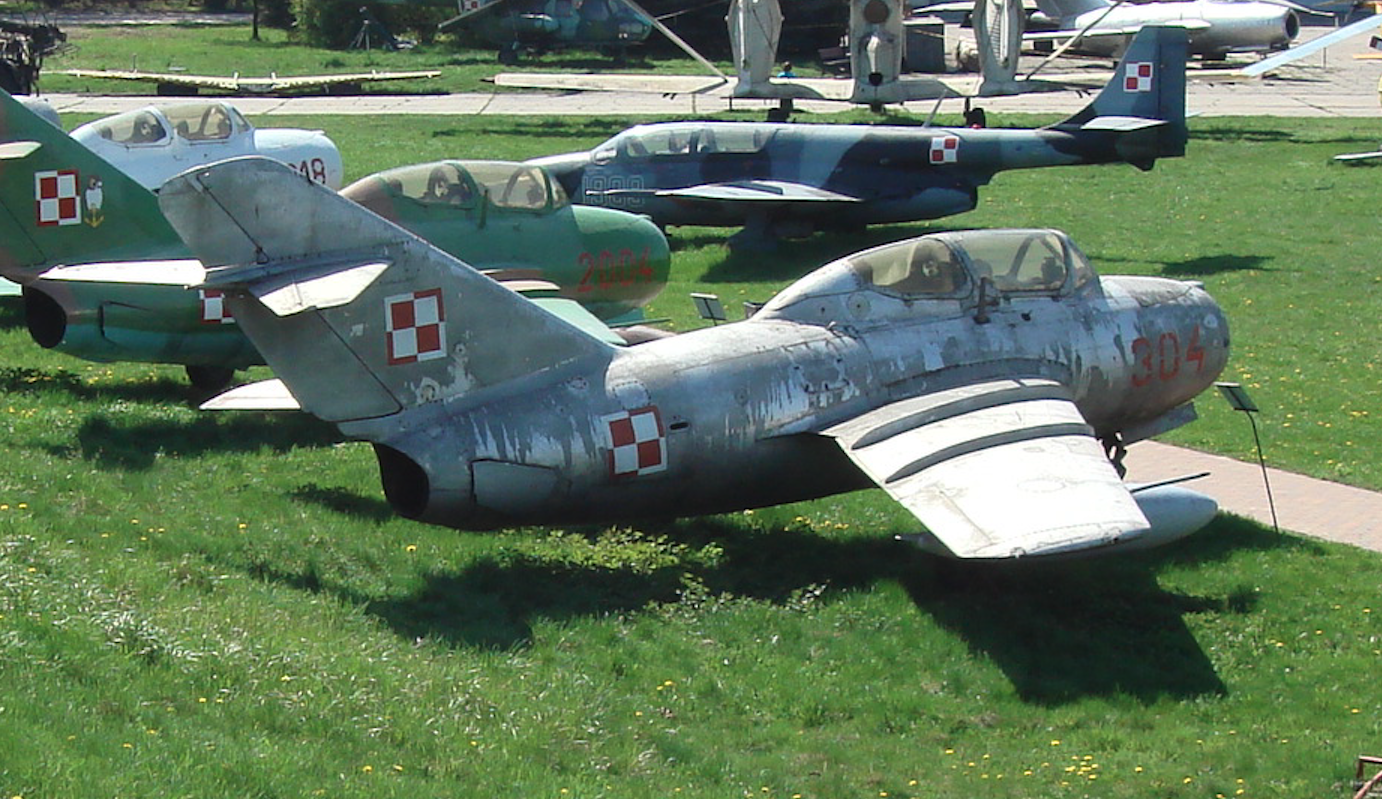
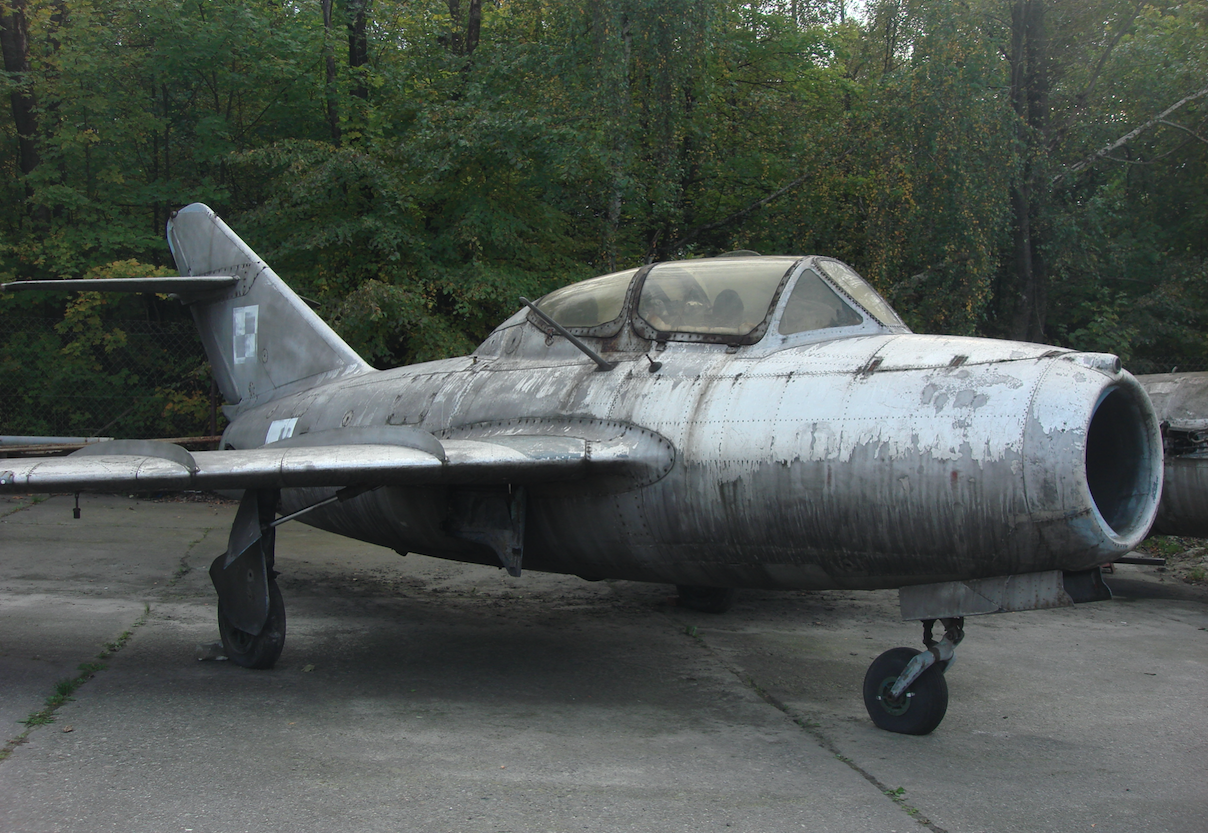
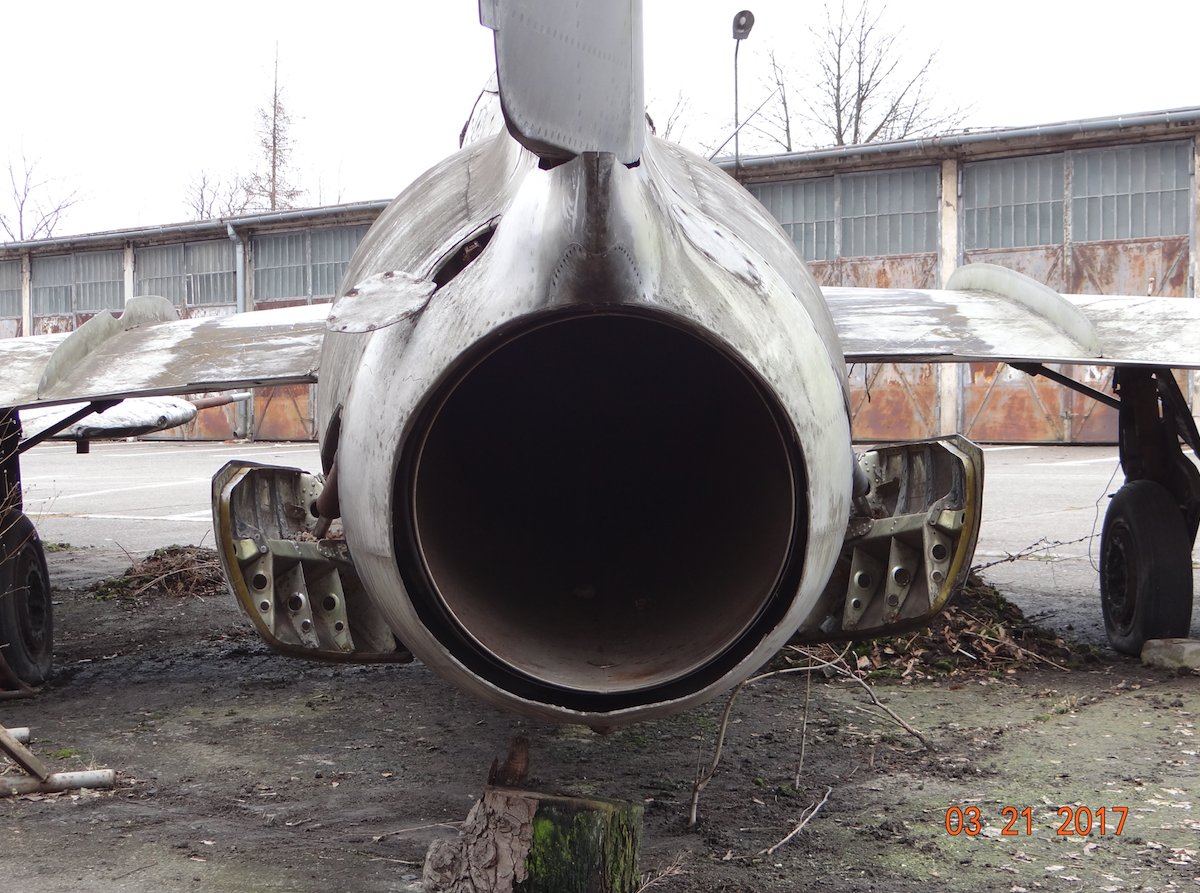
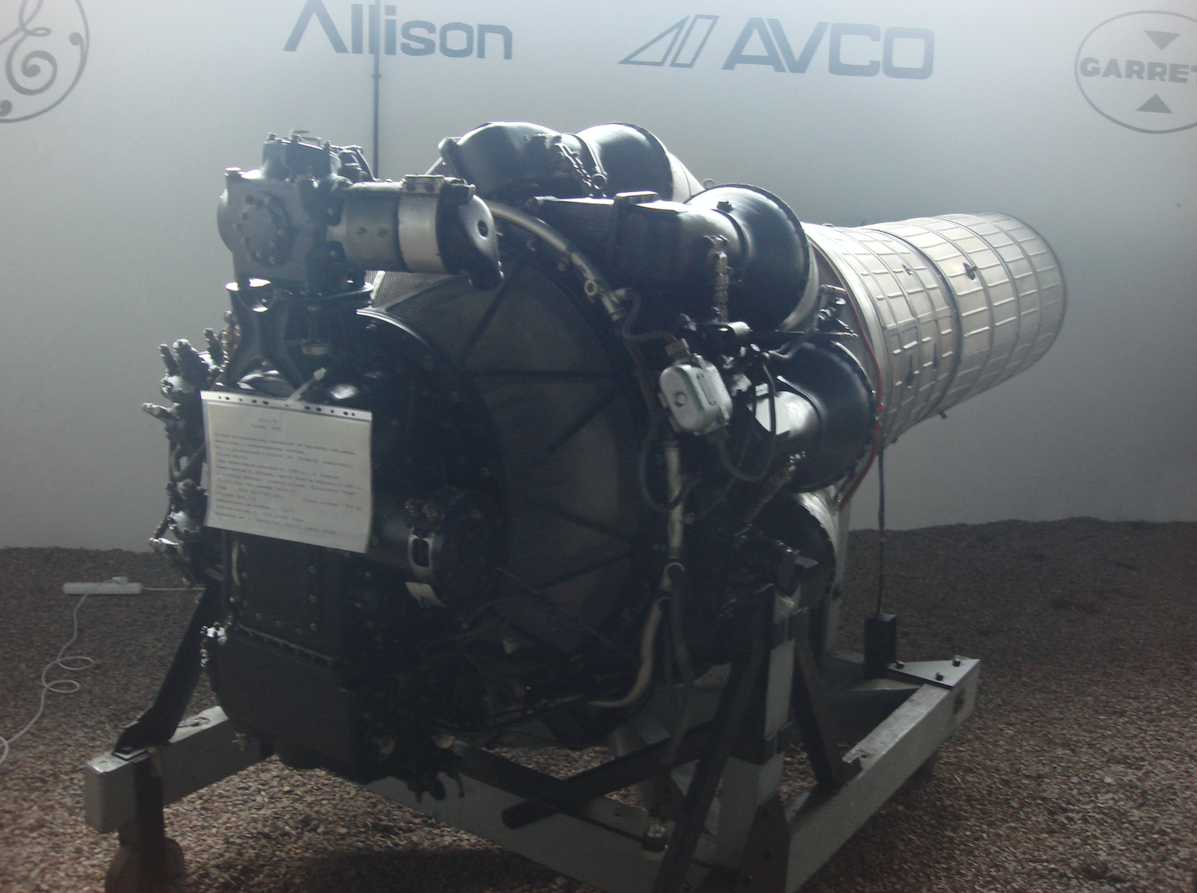
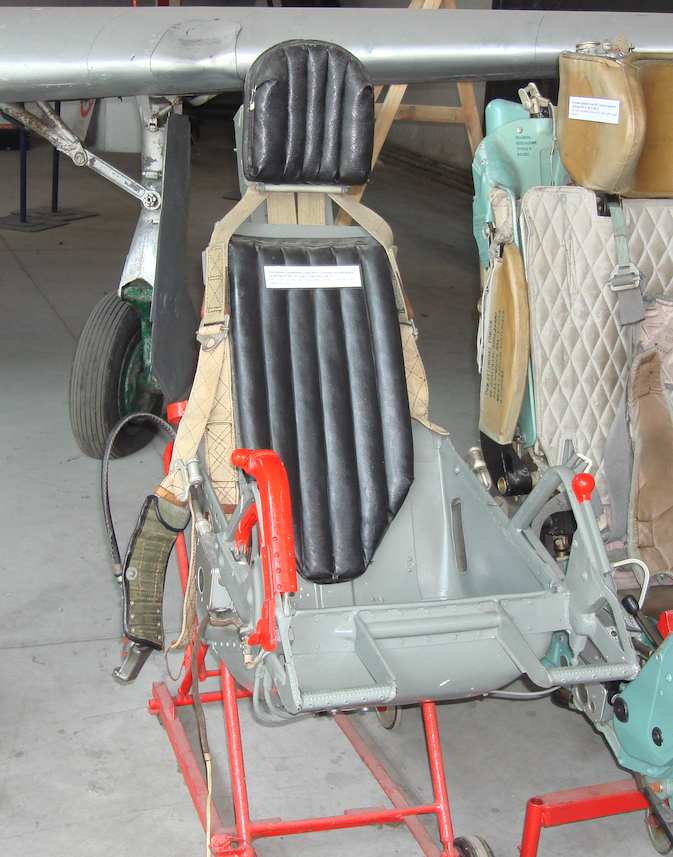
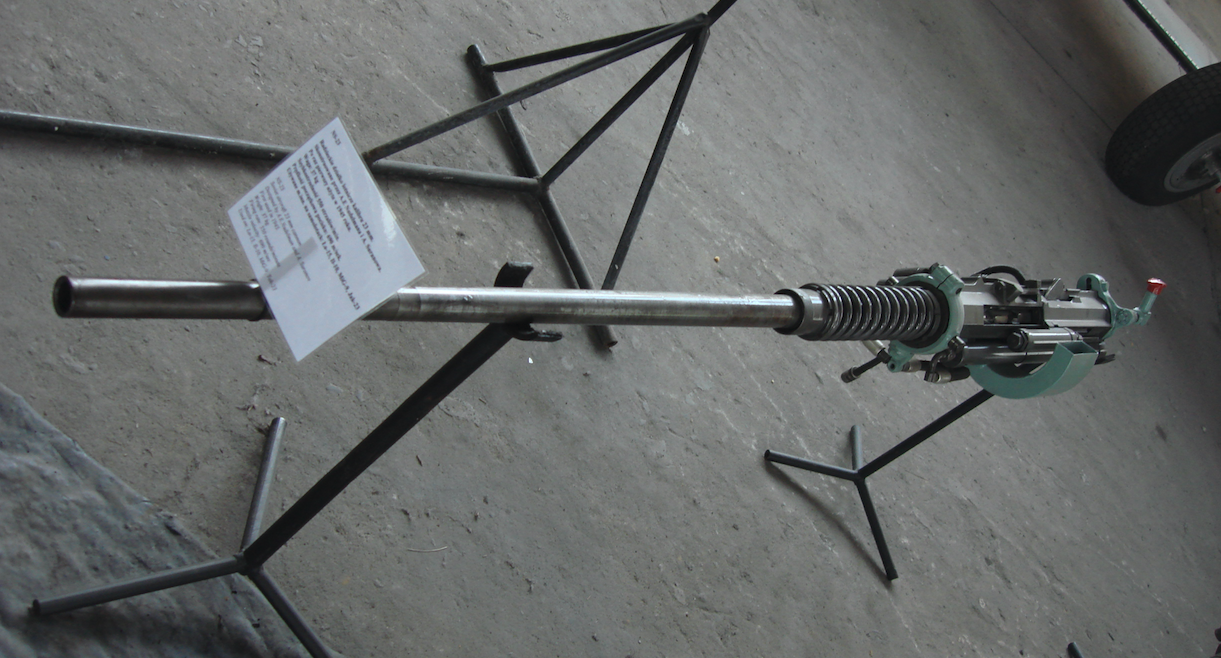
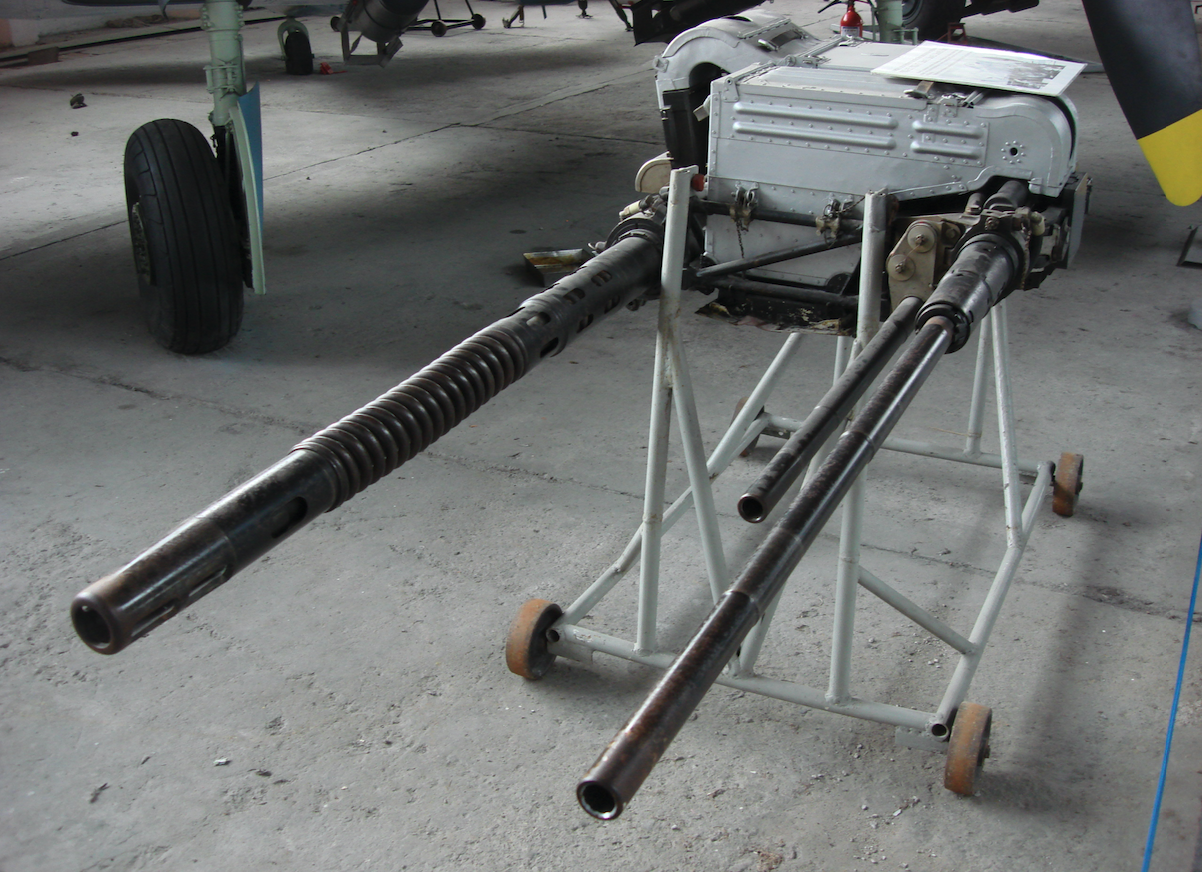

Written by Karol Placha Hetman
Kraków 2017-08-02
153b Section 1958-01-01
OKB Mikojan MiG-15 UTI. 1953-01-23
LZR Bydgoszcz SB Lim-1/2. 1958-01-01
Poland
Tally
Two-seater combat aircraft.
Part 02
Tally of SB Lim-1, SB Lim-2 aircraft is in the previous section.
Written by Karol Placha Hetman
